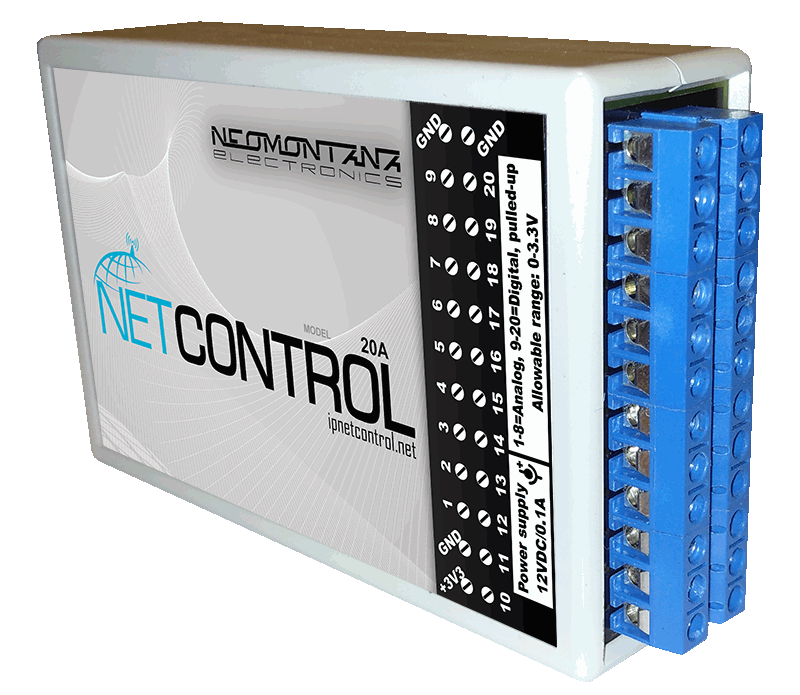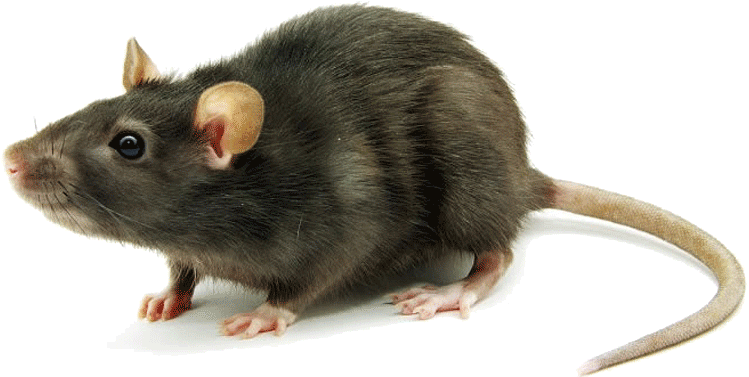

These data show that TRH regulates action potential shape in pyramidal cortical neurons, and are consistent with the hypothesis that PPII controls its action in this region. Many cortical PPII mRNA+ cells were VGLUT1 mRNA+, and some GAD mRNA+. Inhibition of the activity of the TRH-degrading enzyme pyroglutamyl peptidase II (PPII) reproduced the effect of TRH, with enhanced spike half-width. The effect of 1 µM TRH on action potential shape in layer V neurons was blocked by G-protein inhibition.

Cortical layers III and VI neurons responded intensely to 0.5 µM TRH layer II neurons response was small. In layer V, 0.5 µM of TRH induced a small increase in spike half-width, while 1 and 5 µM induced a strong but transient change in spike half-width, and amplitude after hyperpolarization amplitude was modified at 5 µM of TRH. The effect varied with dose, time and cortical layer. TRH reduced spike and after hyperpolarization amplitudes, and increased spike half-width.
Netcontrol rat Patch#
We explored, with whole-cell patch clamp, TRH effect on action potential shape in pyramidal neurons of the sensorimotor cortex. It modulates neuronal electrophysiological properties, including resting membrane potential, as well as excitatory postsynaptic potential and spike frequencies. Thyrotropin releasing hormone (TRH) is a neuropeptide with a wide neural distribution and a variety of functions. Optimization of the underlying marching cubes algorithm and distance calculations enhanced the performance of constructive cubes for a neuronal geometry, where a large number of small objects sparsely occupy a large volume. CTNG provides the correspondence between internal voxels and surface triangles, needed to make connections between cytoplasmic and membrane mechanisms. CTNG then uses “constructive cubes” to produce a watertight triangular mesh of the neuron surface, suitable for use in reaction–diffusion simulations.
Netcontrol rat full#
Although one cannot exactly reproduce an original neuron's full shape from point-and-diameter data, our new constructive tessellated neuronal geometry (CTNG) algorithm uses constructive solid geometry to define a plausible reconstruction without gaps or cul-de-sacs. However, the simple interpretations used for pure electrophysiological simulation produce geometries unsuitable for multi-scale models that also involve three-dimensional reaction–diffusion, as such models have smaller space constants. This representation is well-suited for electrophysiology simulations, where the space constants are larger than geometric ambiguities. These files contain only limited information about a neuron's full three-dimensional shape, as they consist mostly of a list of points and diameters with connectivity data.

Such morphology descriptions are readily available online and may come from light-microscopy tracings or from an artificial cell grown algorithmically. We present an algorithm to form watertight 3D surfaces consistent with the point-and-diameter based neuronal morphology descriptions widely used with spatial electrophysiology simulators. The second application of this geometrical approach to brain theory is modeling the control of posture and movement. The internal geometries of neural networks controlling external behavior of the skeletomuscle system is experimentally determinable using such multi-unit recordings. The first is the analysis and interpretation of multi-electrode recordings. This chapter discusses some contemporary applications of such a theoretical modeling approach. The non-Euclidean nature of the geometry is the key to understand brain function and to interpret neuronal network function. Although the nonorthogonality of a coordinate system does not impose a specific geometry on the space, this tensor network theory of brain function allows for the possibility that the geometry is non-Euclidean. The neuronal networks that perform such a function are viewed as general tensor transformations among different expressions and metric tensors determining the geometry of neural functional spaces. Sensorimotor integration is described as geometrical mapping among the coordinates of nonorthogonal frames that are intrinsic to the system in such a case, sensors represent (covariant) afferents and motor effectors represent (contravariant) motor efferents.


 0 kommentar(er)
0 kommentar(er)
